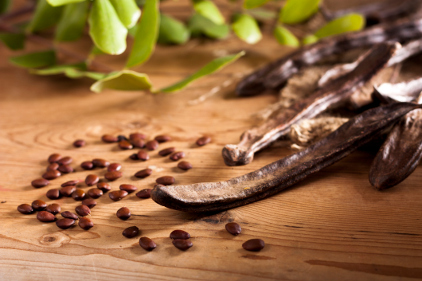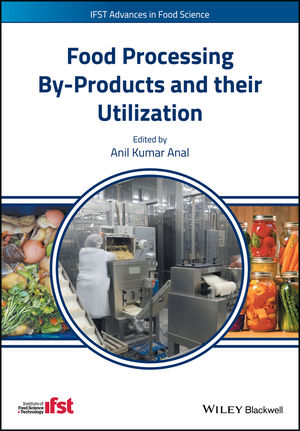Gums, fiber, starches: Keeping it together
Gums, fibers and starches add taste, texture and satiety, while also providing health benefits, but are consumers comfortable with them?

 Low-fat hot dogs already exist, but how about one that is good for you?
Low-fat hot dogs already exist, but how about one that is good for you?
It may be possible soon due to science, as protein producers use gums, fibers and starches to add health benefits and taste to their products. Cargill, for one, has recently developed a beef hot dog prototype with 50 percent less saturated fats and sodium, as well as a cost-effective, reduced fat mini-burger.
“With the rising meat input costs and our meat plants ‘living and dying by their yields,’ the use of non-meat ingredients can be used to extend product, offset rising costs and improve product yields,” says Tom Katen, technical service specialist-meats, Cargill Texturizing Solutions, Wayzata, Minn. “Tie this into the consumer demand for ‘better for you products’ with lower sodium and fat, and there is demand for reformulation of processed meat products.”
Gums, fibers and starches: What’s your function?
Generally, structured or matrix meat products (which can either be made from real meat or analogs like soy-based veggie patties) use these ingredients to form meat patties, turkey rolls and hams.
“They are used as binders, emulsifiers, [and] stabilizers, and to help retain moisture levels, provide for low-fat products,” notes Marc Meyers, Ph.D., managing principal, Meyers Consulting, Richboro, Pa.
In finished dishes, they are used in sauces, dressings and coatings for battered and breaded foods like chicken nuggets.
“Batters and breadings use gums for viscosity purposes — starches are smoother and give better cling, but gums are more efficient pound for pound in thickening the batter. In a breading operation, depletion of the batter onto the product is costly and any drip loss is money down the drain,” says John D. Keller, Jr., principal, Keller Consulting LLC, based in Freehold, N.J., who will be speaking at the Bioactives World Forum with Meyers.
Hydrocolloid gums are particularly useful in these products because their solubility, viscosity, gel-forming ability, water-binding capacity, oil-absorption capacity, fermentability, and mineral and organic molecule binding capacity help enhance product quality and characteristics, says Kantha Shelke, Ph.D., founder and scientist, Corvus Blue LLC, Chicago.
Knowing how to select and use hydrocolloids is probably the No. 1 challenge in the food industry, she says. Most hydrocolloids are supplied as powders and become functional only when in a solution.
“Partnering with vertically integrated hydrocolloid suppliers is one way for meat processors to learn about the optimal solution to their product portfolio,” says Shelke. “Boutique firms are also helping meat processors by creating optimized hydrocolloid mixes to cater to their needs.”
Better for you products?
Today, these ingredients aren’t just viewed as helping the product take shape but as tools to control blood sugar levels, satiety and fat replacement.
“We can add ingredients to our processed meat items that reduce the glycemic index or promote good gut health and can be a good source of something, like potassium with the use of potassium chloride, or fiber with the use of inulin, or non-nutritive sweeteners to help reduce overall carbohydrates,” says Katen.
Indeed, a number of studies have been done on the benefit of gums and fibers for intestinal health, as prebiotics to help probiotics thrive in the body, improved absorption and utilization of other nutrients, notes Meyers.
However, in recent years consumers have grown leery of chemical ingredients on their food labels, so processors are looking for starches and gums from natural sources that have properties to replace their chemically modified counterparts, says Meyers.
“Most of these products have been ‘hidden’ in the past as process aids that did not need to be claimed if used at low levels,” he says. “Consumers are now more educated, and labeling laws and regulatory environments for end-use applications will be the main challenge for suppliers and food manufacturers.”
Unfortunately, many of the natural gums come from “headache regions” such as Iran, Afghanistan, Sudan and Pakistan, says Keller.
“Also, weather problems in India — monsoons — and Mediterranean regions have always caused shortages with two well-used naturals: guar gum and locust bean gum,” he says.
Starch and gum companies continue to work on alternatives for these crops, says Meyers, as the cost of these materials increase.
“People associate natural with healthy and/or immortality, but many of the natural gums are higher in microbial counts and impurities and have availability problems, i.e., the current guar situation,” says Keller. Perception is everything, however, and rightly or wrongly consumers think that hydrocolloids are filler ingredients and therefore of low or no value.
“This is an area of priority for the industry to educate consumers — before they take matters in their hands and hijack the industry, as they did with lean beef trimmings,” says Shelke.
Looking for a reprint of this article?
From high-res PDFs to custom plaques, order your copy today!









